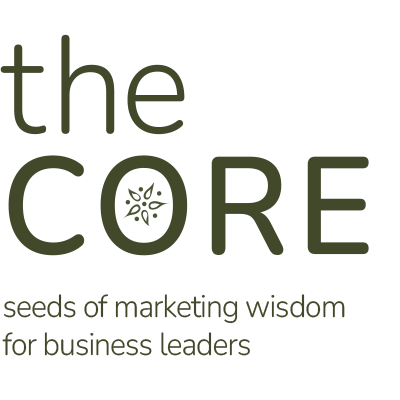The new year often provides a fresh start for people and companies. This is especially true for marketing. Many companies start the year with a fresh marketing plan (or at least a few adjustments from their current efforts). Most of the time, there’s a level of energy and excitement as you start the year with 365 days to achieve your marketing goals.
As marketing continues to evolve, it’s important to understand and implement the basic principles for earning attention and inspiring action. Failing to embrace the core principles of marketing might lead to mistakes that cause you to invest time, energy, and resources into marketing tactics that don’t move the needle.
7 Marketing Mistakes to Avoid in the New Year
After more than two decades in the industry, here are a few common marketing mistakes that businesses are prone to make in the new year:
1. Focusing on “tactics” rather than your strategy.
One of the most common mistakes business owners make is to focus too much on tactics and not enough on strategy. As a marketing agency, people often reach out to us and ask for help building a new website or a stronger social media presence. While these are admirable goals, they must be based on a strategic plan to truly return the best ROI for your business.
If you’ve struggled to generate results and wonder why your marketing isn’t working, it likely has to do with prioritizing tactics over strategy.
2. Getting comfortable with the status quo.
“The job isn’t to catch up to the status quo; the job is to invent the status quo.” – Seth Godin
Doing things the way they’ve always been done is tempting because it’s safer. But in a world that’s changing faster than ever, sticking with the status quo only creates an opportunity to get left behind.
It’s important for B2B companies and marketers to get out of their comfort zone. Embracing a mindset of growth and change is one of the best ways to ensure your marketing efforts continue to produce results year after year.
3. Failing to recognize how marketing is interconnected with other areas of your business.
At Green Apple, we often say that “everything is marketing.” This is a mindset we bring to every meeting and every marketing strategy we create for clients. Failing to recognize how marketing impacts sales or operational decisions could quickly create breakdowns in other areas of your business. Additionally, developing a marketing strategy without considering other key initiatives in your company might lead to a lot of “spinning your wheels.”
4. Being too rigid with your marketing plan and failing to adapt.
If there’s one thing we’ve learned in recent years, it’s that businesses must be willing and prepared to adapt. In some cases, you can pivot your marketing tactics without abandoning your entire strategy. Sometimes, if there’s a major shake-up in your business or industry, you might need to overhaul your entire plan.
5. Defining what your customers want without asking them.
Marketing is all about helping customers understand how your business can help solve their challenges. It’s relational. And every good relationship is built on communication. If you want your marketing to resonate with customers, listen to them. Taking time to understand their challenges and create messaging built around their current reality is key to creating a more customer-centric culture.
6. Talking about your products and services in a way that confuses an audience.
Using complex phrases or industry jargon is one of the quickest ways to lose potential businesses. Customers will disengage if they can’t understand or relate to your message.
If you work in a detailed industry, it’s important to find effective ways to explain the complex products or services that you offer. Making it simple for people to understand how they can become a client or customers is one of the easiest ways to gain potential business.
7. Identifying the wrong KPIs or forgetting to measure results.
Successful marketing initiatives often require the use of lessons learned from previous experiences. This means identifying the marketing metrics that matter most to the overall success of your business and developing the habit of measuring them on a regular basis.
Green Apple Can Help Your Business Avoid Costly Marketing Mistakes
Everyone, from professional marketers to small business owners, makes marketing mistakes. But even if you make some mistakes, you should be ready to learn from them. If you’re looking for a way to take your marketing to the next level or simply need help managing everything that is required for reaching your goals, our team can help. Contact us to learn more about our unique approach and schedule a discovery call with our team.









